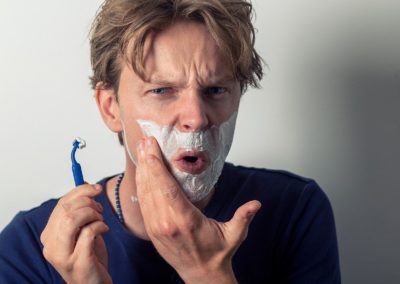What Causes Pimples After Shaving

written by nail expert Jess Rowley
Topics we've covered
What Causes Pimples After Shaving
Shaving with acne-prone skin can be a pain both literally and figuratively. Having new spots pop up after every shave can really dampen your mood and no one should have to suffer for simply trimming their hair.
It’s important to remember that shaving does not cause acne but if you have acne already, using the right products is important so that your skin feels comfortable while shaving and you don’t cause any unnecessary harm to your skin.
Acne occurs when your pores get clogged with dead skin, dirt, and other debris which leads to the formation of red bumps that can be painful. As with many other skin problems, it is better to prevent acne before it can cause some lasting damage as it is known to leave scarring on those who have it.
Razor Bumps Vs Acne: What’s The Difference?
It’s easy to mistake razor bumps for acne as they both take on the form of small red bumps that can hurt like hell. However, they occur for two different reasons:
Razor Bumps – When the hair is cut and grows back into the skin, it can result in an ingrown hair. These ingrown hairs can irritate the hair follicle and result in redness and swelling. In rare cases and if left untreated these razor bumps can become infected and may require medical attention.
Acne – Acne occurs when pores become clogged with oil and dead skin cells. While whiteheads and blackheads are easy to identify as we’ve all had them, the real problem is when your pimples become inflamed and embedded deep in the skin causing pain and scarring if treated incorrectly.
Telling the difference between inflamed pimples and razor bumps can be difficult although one way to identify each is to pay attention as to whether you only break out after shaving, if so then it could be razor bumps and nothing more.
However, this isn’t a sure fire diagnosis and there is still a chance that it’s acne caused by shaving. But what causes it?
How Shaving Causes Acne
Shaving Products
Some shaving creams and gels can irritate the skin, especially cheaper brands that use questionable ingredients that can even be toxic to some people who have sensitive skin. This can cause swelling and inflammation that turns into a pimple. To reduce breakouts, look for skin care products that use natural ingredients and are free of fragrances and dyes.
Old or Dull Blades
Old razor blades can have bacteria get clogged as the blades dull after several uses. This bacteria makes its way into the skin when you drag your blade across your face. The blade removes a layer of skin and leaves behind dirt so when the skin creates a new layer, debris is trapped underneath resulting in pimples. Be sure to swap out your razor every five shaves and never use it anymore than 10 times.
Rinsing your face
Before you shave, always rinse your face with warm water, this will open up your pores giving you better access to hair follicles and dirt that’s trapped so they can be removed when you shave. After you’ve finished shaving, you need to close your pores to prevent dirt and debris from getting back in there and causing acne. Rinsing with cold water will close up your pores.
How To Avoid Acne After Shaving
Warm Washcloth
Using a warm washcloth on your pimple is a great option to get rid of it. The warm washcloth will soften the skin and help the ingrown hair to come out from the bump as warm water opens up your pores. To do this, take a washcloth and dab it with warm water but NOT hot water. Then press the cloth against the pimple. The warmness should reduce the inflammation and also ease some of the pain.
Tweezers
After shaving, if you notice ingrown hair inside a bump, you can use a tweezer to pull the hair out. Once the hair is out of the bump, the pimple will also start reducing. However, do make sure that your tweezer is sterilized to avoid infection and be careful as you can end up severing the hair which can cause it to become ingrown again. Sterilization can be done using rubbing alcohol and remember that after you pull out the ingrown hair, you should apply some soothing gel on the pimple.
Avocado Oil & Tea Tree Oil
Both avocado and tea tree oil are good for pimples. They have antibacterial and anti-inflammatory properties that fight against the pimple-causing bacteria and also reduce inflammation. You can apply avocado oil and tea tree oil individually on your skin and leave it for 20 minutes. Later, wash your skin with water.
Glycolic Acid
Glycolic acid is an alpha-hydroxy acid that helps to remove dead skin cells from your body. Skincare products containing glycolic acid will clean off the dead skin cells and extra sebum oil from your skin and unclog the skin pores. It will not only help you treat the pimples but also prevent them from returning.
Salicylic Acid
Salicylic acid is a BHA or Beta hydroxy acid which works similarly to glycolic acid. It’s used in many skin care products to exfoliate the skin surface and peel off the dead skin cells and ingrown hair. Products containing salicylic acid are available over the counter. When you apply salicylic acid on your pimple, it helps the ingrown hair ease out of the bump which will lead to inflammation reducing and hopefully, pain subsiding.
Frequently Asked Questions
Why do I keep getting pimples after I shave?
Razor bumps are most likely caused by friction from the razor and ingrown hairs. Ingrown hairs are caused when hair grows into your skin instead of out. They can cause pimple-like bumps on the skin.
Can you shave over a pimple?
The first thing to note is that if you have painful or inflamed cystic acne, it’s best to skip shaving until the skin calms down a bit, or at least speak with a dermatologist first. But if you have mild to moderate acne or a breakout in one area, you can still shave with no problems.
Does shaving help acne scars?
That’s a bad move. Shaving the tops off of pimples won’t help them clear faster. What it can do is open your skin up to infection and possible scarring. It also prolongs the healing process, turning that pimple into an open sore and then a scab that takes much longer to go away.
Do pimple scars go away?
Most of the time, the red acne marks that are left behind after pimples clear up will fade with no need for treatment. Picking or squeezing acne can increase the risk for scarring, though and just make things worse.
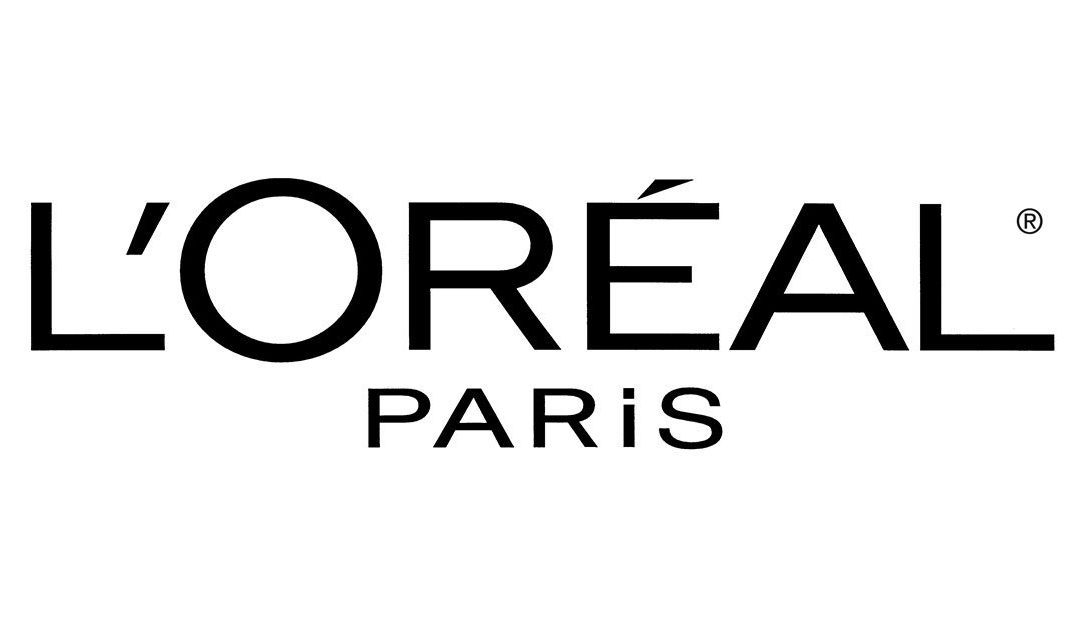
Best L’Oreal Products For Men
[Review] in 2022 written by nail expert Jess RowleyCheck out the results fast - here are our review winners[dica_divi_carousel item_width_tablet="400px" item_width_phone="345px"...
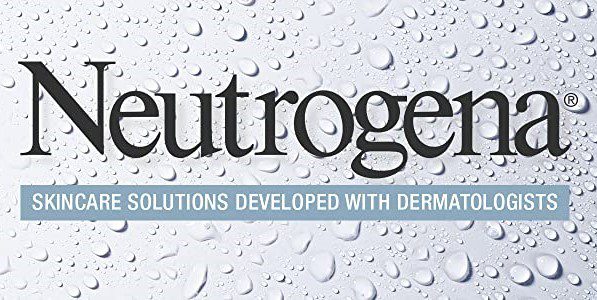
Best Neutrogena Skincare Products
[Review] in 2022 written by nail expert Jess RowleyCheck out the results fast - here are our review winners[dica_divi_carousel item_width_tablet="400px" item_width_phone="345px"...
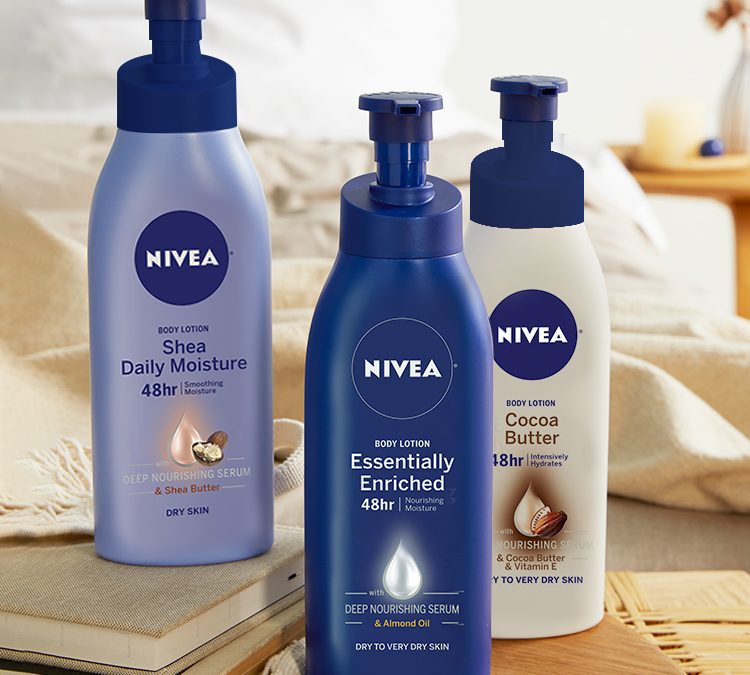
Best Nivea Products For Men
[Review] in 2022 written by nail expert Jess RowleyCheck out the results fast - here are our review winners[dica_divi_carousel item_width_tablet="400px" item_width_phone="345px"...
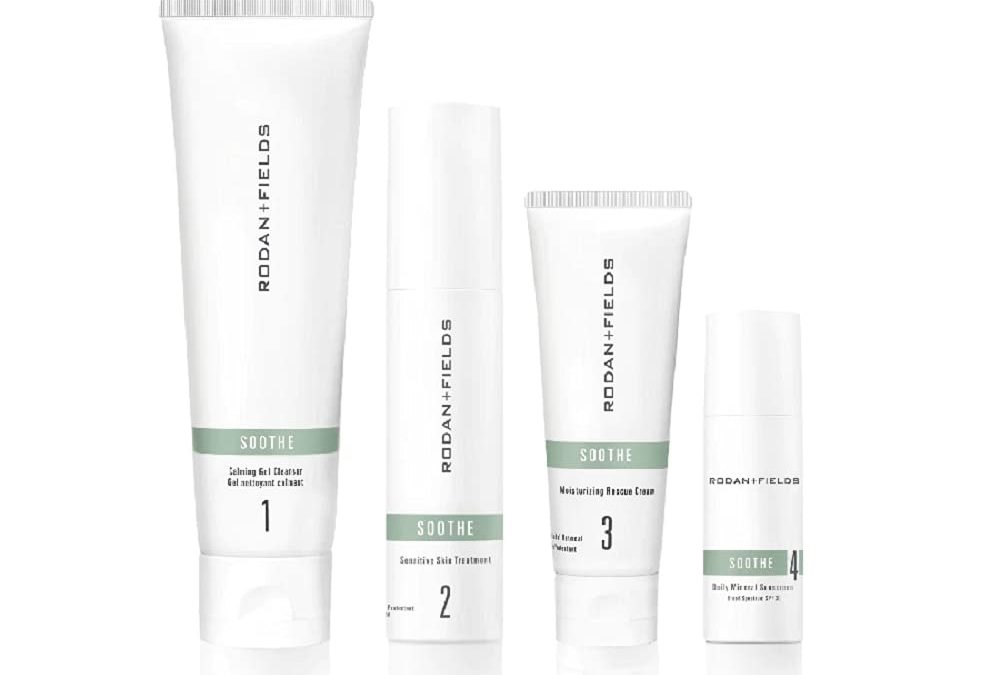
Best Rodan+ Fields Products
[Review] in 2022 written by nail expert Jess RowleyCheck out the results fast - here are our review winners[dica_divi_carousel item_width_tablet="400px" item_width_phone="345px"...
